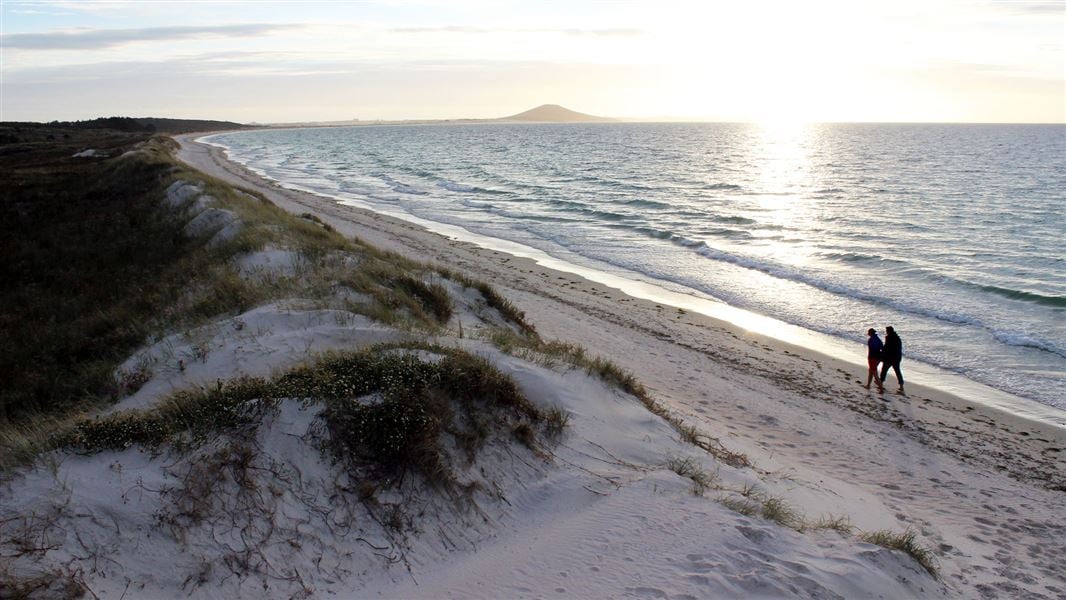
Located in the Northland region
Introduction
Karikari Peninsula is renowned for its amazing white sandy beaches and bays such as popular Maitai Bay. Other attractions include historical Puwheke Beach, Karikari Beach and picturesque Waikato Bay.Check, Clean, Dry
Clean all gear when moving between waterways to prevent the spread of didymo and other freshwater pests.
Stop kauri disease and protect kauri
- Scrub all soil off shoes and gear.
- Use cleaning stations.
- Always stay on the track.